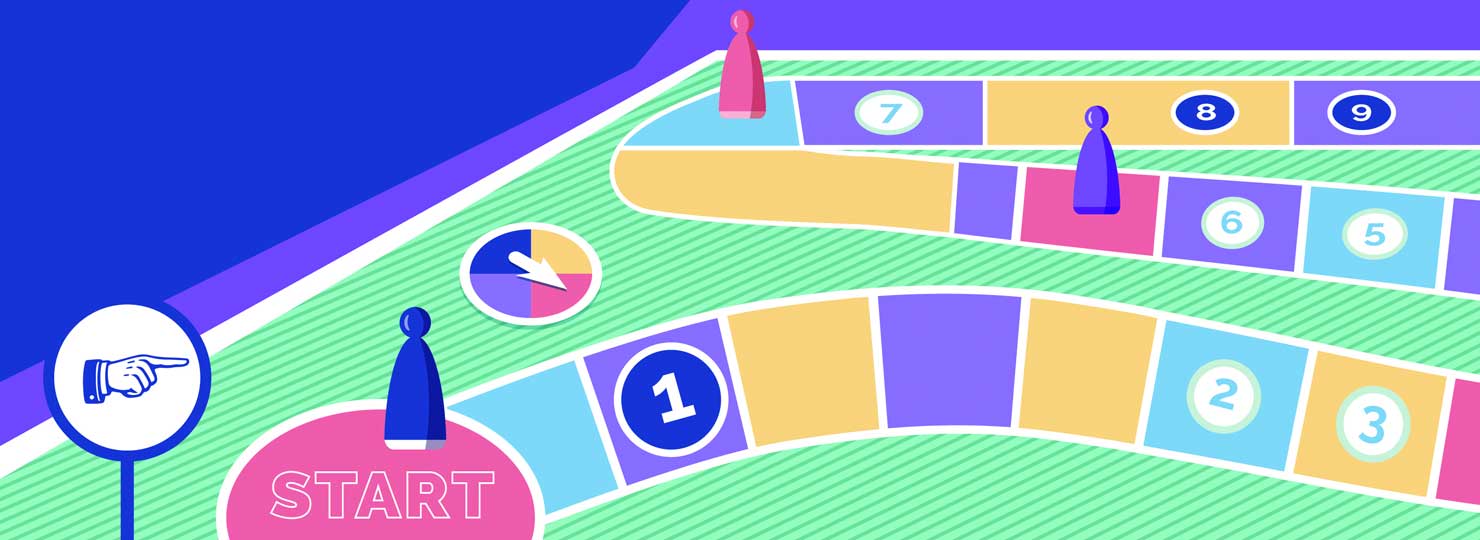If you are thinking about starting a new project with a design agency, we have compiled a list of the top ten things you should include in your design brief before reaching out to get started.
Consider this your creative checklist to provide more direction and ultimately yield better results. The benefits of thinking about these items beforehand include gaining a more dynamic marketing piece and likely having a more efficient and effective experience overall. Being thoughtful and doing some upfront work can make all the difference.
1. Know your Message
You’re creating this project for a specific reason. What is the main message your new marketing piece should communicate to your audience? Having an unclear or vague message can lead to confusion and defeat the purpose of the piece. At the same time, having too many messages in one piece is also detrimental because they can lack focus and feel watered-down. This leads to our second action item to consider…
2. Know your Specific Audience and Use Case
Who is your message targeted at? It is important to know your ideal audience/customer and how you want them to interact with this piece–including a clear call to action for the reader to understand the best next step. The more specific you can be, the more tailored the messaging and formatting will be, which yields a better return.
3. Have Samples/Examples
It can sometimes be difficult to communicate, using only words, what your project’s design idea is. We find visuals to be very helpful in this case. After all, “a picture is worth a thousand words” isn’t it? Peruse online to find a reference photo, even just some rough screenshots or sketches can be beneficial. Communicate specifically what you like about your examples and anything you don’t like. If you have worked with this agency before, be sure to note if there are previous designs you want your new piece to align with or not.
4. Know your Timing
It is essential to communicate clearly with your project manager about your overall timing expectations. If there is a specific event or date you need this piece to be ready for, that can affect how the project is managed and what can be accomplished.
Side Note
If you are asking for a rush project, be realistic about what can be done–as they say, “Rome wasn’t built in a day.” Make sure to use those “favors” wisely when asking for a quick turnaround time or a lot of pieces at once.
5. Know your Ballpark Budget
Be upfront about what you are looking to spend for the particular project and ask for an estimate at the start. Knowing the financial parameters helps determine the scope of the project (for example, will we show several creative directions for you to choose from, or narrow in on one initial concept?) and realistic deliverables. This leads us to our next action item…
6. Know your Final Deliverable
How is the audience getting this information primarily: a printed report, digital ad, video on social media, etc.? Think about if something is digital only, or printed. All of these decisions affect how the piece is set up, designed, and finalized. You can save a ton of time if you discuss this with your project manager at the beginning. This rolls in nicely to #7…
7. Think about Additional Support Pieces
Many times we tend to focus on the largest piece of the project, but it is important to think about any additional items that are needed to promote the new piece. Will you need an emailer design, social media graphics, web banners, etc.?
8. Who is Responsible for Each Deliverable
When we mention this, we don’t just mean the final piece, but all of the elements that are incorporated within a design: copy, graphics, image selections, layout, and printing. You may want your agency to be responsible for creating these items, which is a possibility, but there needs to be a clear expectation from the start.
9. Proof Your Copy Document or Content Outline
Whether you are writing all of the final copy or sending a rough draft/outline of the messaging, make sure you proof it thoroughly. Pay attention to specific details such as how you want certain names or words written, or if you use an oxford comma. If you would like your agency to handle that instead, be sure to communicate that you require copywriting as part of the project.
10. Think About Imagery
Similar to #3, you’ll want to communicate any ideas you have about imagery. If you’re looking for us to lead the way on recommendations, be sure to share any overall guidelines that your team has for photography or any parameters you’d need us to work within. The possibilities for design are endless, and it can save a lot of research time if you know what visuals you want to show.
Here is a great list of stock image sites where you can start your reference search.
An ideal project is smooth from start to finish, for both you and the design agency.
This list gives you the opportunity to communicate with your team to ensure everyone is on the same page with these answers for the current project, in addition to future ones. The more you can review project details and content internally first, the more it allows your designer to understand the goals, messaging, and functionality of the piece, making the design decisions much clearer. We like to say being clear is one of the best ways to be kind.
As always, we’re here to help, and hope this list serves as a useful guide for starting your next project with us!
